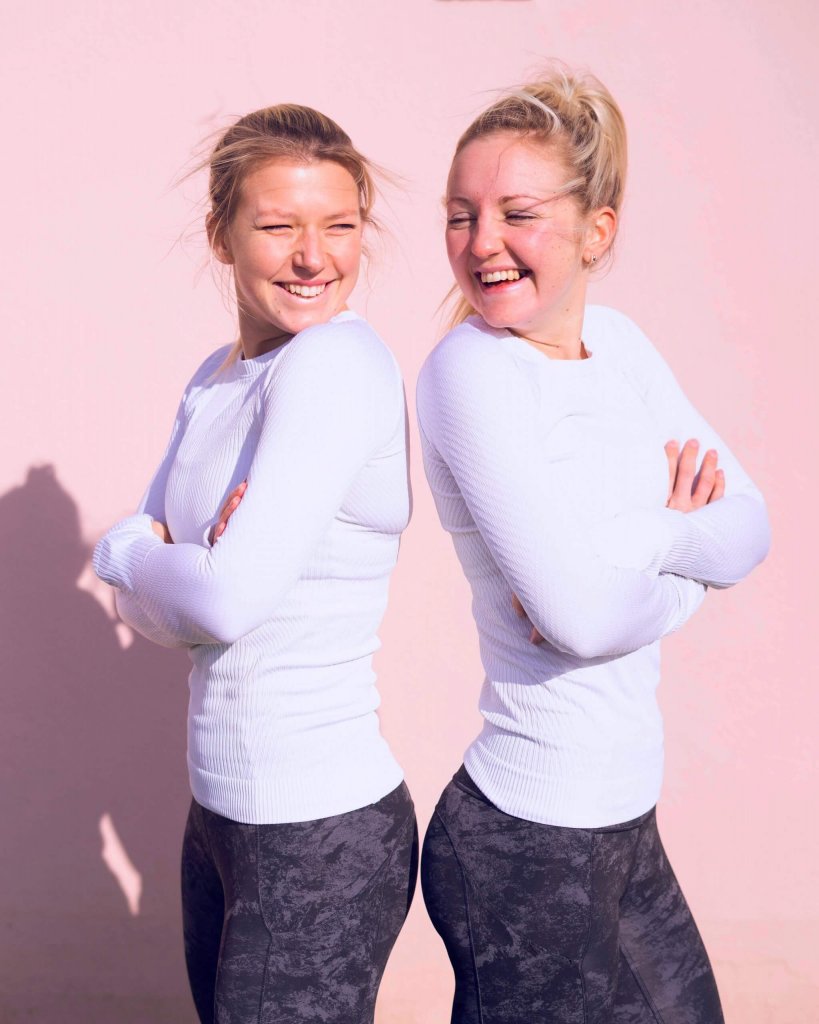Running isn’t just about speed. Sometimes it is, sometimes that’s all it’s about but more often than not it’s made up of so much more. It offers strength gains, endurance gains and cardiovascular gains. It takes power, it takes patience and it takes perseverance, but more than all of that it takes respect. Increasing your mileage is all well and good, as long as you do it with your body in mind.
When our coach maps out our programme he doesn’t just look at next week or our next race. He looks at our long term goals, our next 6 races and if we don’t know them, the next 6 on our wishlist. He doesn’t just look at the way we run, he looks at how we move and how we recover. But most importantly, he looks at volume, frequency and intensity. Why? Well, let us tell you.

First up, what do they mean?
Volume
This means the amount of total running mileage you complete in a week (or set time window).
Frequency
This is the number of times you run per week (or set time window).
Intensity
It is simply how hard you’re running relative to how hard you’re capable of running. Intensity can be classified into three general zones: low, moderate and high.
Why are they important?
The three work in unison to support a well-rounded training programme. Just like anything, too much of something is not always such a good thing. Running most definitely plays into this. We’ve talked before about why running is so hard-hitting, so we won’t tap into that too much. What we will say is it takes consideration to do well, and this is where the 3 pillars come in. They play off each other, meaning when one is high the other two should back off. By doing this, you allow room to improve in one of the 3 areas without negatively affecting your performance and/or progress.
How do they balance?
The general rule of thumb suggests only one should increase at any point. For example, if you’re running more to train for a longer distance event and therefore need to increase your volume, your intensity should sit towards the lower end of the scale and your frequency should reduce to allow extra time for recovery. You can then work to introduce a period where each sits higher, to best support your running goals and race plans.
What does this look like in real running terms?
High-intensity sessions might involve sprint training, track sessions or interval work.
High volume sessions might involve high rep activities, multiple hill repeats or even certain types of interval work. Equally, it could mean increasing the mileage of each of your weekly runs. Predominantly when talking about volume we’re referring to a weekly amount.
High frequency refers to the weekly/monthly amount of sessions we’re doing but can involve a mixed back. More often than not, this might be used when training for something like a multistage ultra where you’re doing back to back sessions to replicate the race situation.
Hopefully, this has offered some insight into how we work out running week which you can then apply to your own training. If you are feeling lost in your training please don’t hesitate to email us at runstrong@twicethehealth.com, and we will be sure to share more information about the Run Strong programme we run with our coach, Brad Welch offering you the chance to train like us.
TTH x


